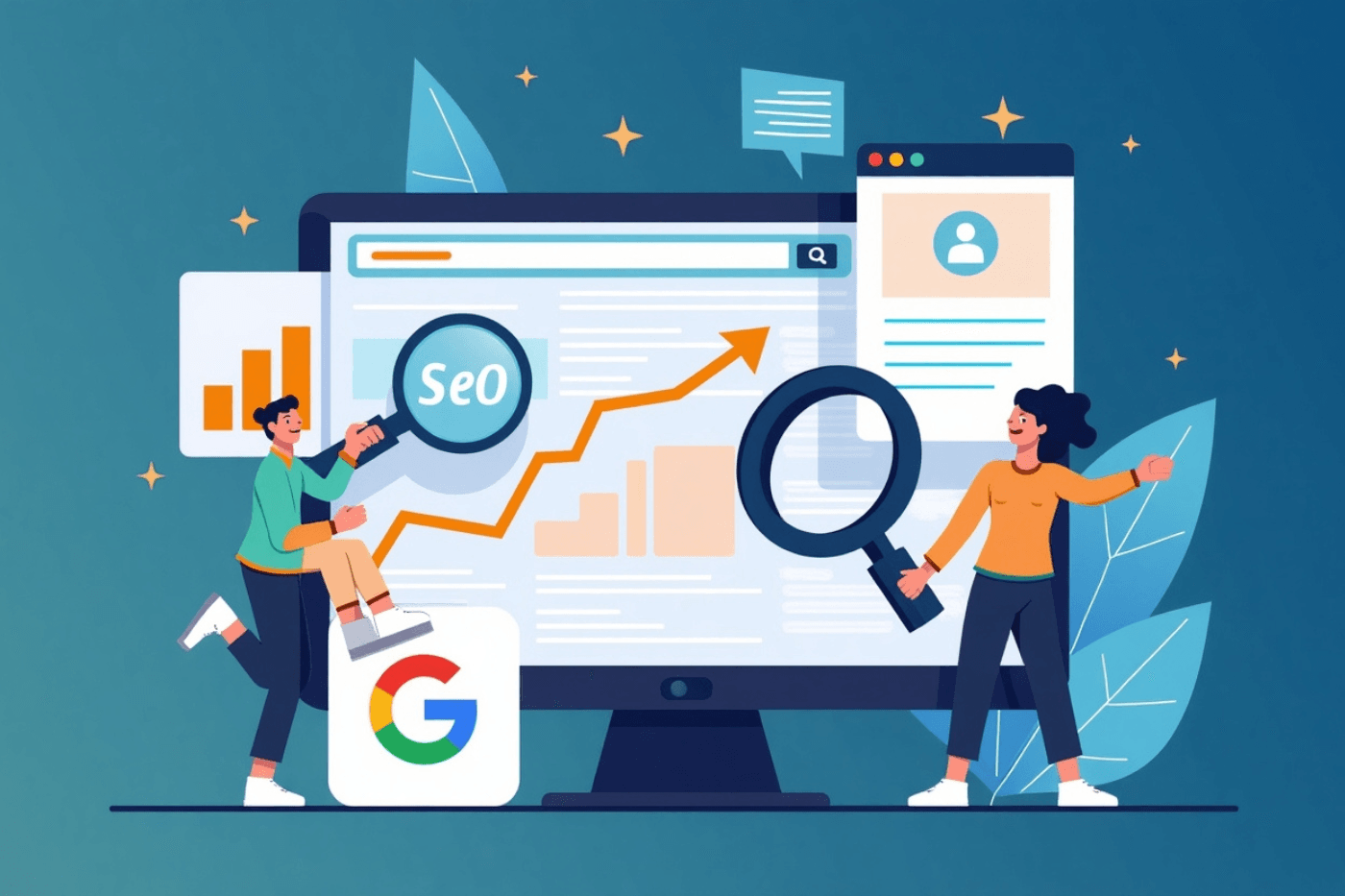
Why Your Website Isn’t Ranking on Google and How to Fix It Effectively
January 3, 2025
Table of Contents
Introduction
Common Reasons Your Website Isn’t Ranking
Poor Keyword Strategy
Low-Quality Content
Weak Backlink Profile
Technical SEO Issues
Slow Page Speed
Mobile-Friendliness Problems
How to Improve Your SEO Ranking
Conduct Keyword Research
Optimize Content for Users and Search Engines
Build High-Quality Backlinks
Fix Technical Issues
Enhance Page Speed and Mobile Usability
Conclusion
FAQs
Introduction
Having your website rank high on Google is crucial for online success. But many businesses struggle with SEO ranking despite their efforts. If your website isn’t ranking, you could be missing out on valuable traffic and leads. This blog will explore the reasons behind poor SEO ranking and provide actionable solutions to fix them.
Common Reasons Your Website Isn’t Ranking
Poor Keyword Strategy
Using irrelevant or overly competitive keywords can hinder your SEO ranking. Many websites target keywords without understanding their audience or the intent behind the search.
Low-Quality Content
Google prioritizes high-quality, informative, and original content. Thin or plagiarized content fails to provide value to users and can lead to poor rankings.
Weak Backlink Profile
Backlinks are crucial for SEO ranking. A lack of high-quality backlinks or an abundance of spammy links can negatively impact your site’s authority and visibility.
Technical SEO Issues
Technical errors such as broken links, improper URL structures, and duplicate content can confuse search engine crawlers and harm your rankings.
Slow Page Speed
Page load speed is a vital ranking factor. Websites that take too long to load tend to have higher bounce rates, which impacts SEO ranking negatively.
Mobile-Friendliness Problems
With most users browsing on mobile devices, a non-responsive website can result in poor user experience and lower rankings.
How to Improve Your SEO Ranking
Conduct Keyword Research
Identify relevant and low-competition keywords using tools like Google Keyword Planner or SEMrush. Focus on long-tail keywords that align with user intent.
Optimize Content for Users and Search Engines
Create engaging, informative, and keyword-rich content. Use proper headings, meta descriptions, and internal links to enhance readability and SEO ranking.
Build High-Quality Backlinks
Focus on acquiring backlinks from reputable websites within your niche. Guest blogging, creating shareable content, and reaching out to industry influencers can help.
Fix Technical Issues
Use tools like Google Search Console to identify and fix technical SEO issues. Ensure your site has a clear URL structure, functional links, and no duplicate content.
Enhance Page Speed and Mobile Usability
Compress images, use browser caching, and leverage Content Delivery Networks (CDNs) to improve page speed. Ensure your website is mobile-friendly by using responsive design and testing it with Google’s Mobile-Friendly Test tool.
Conclusion
Improving your SEO ranking requires a combination of strategic keyword usage, quality content, robust backlinks, and technical optimizations. By addressing the issues outlined above, you can significantly enhance your website’s visibility on Google and attract more traffic. Remember, SEO is a long-term game, and consistent efforts will yield the best results.
FAQs
1. How long does it take to see improvements in SEO ranking? SEO is a long-term process, and it can take anywhere from a few weeks to several months to see noticeable improvements, depending on the competition and your efforts.
2. What tools can help improve SEO ranking? Tools like Google Analytics, Ahrefs, SEMrush, and Moz can help analyze your website’s performance and identify areas for improvement.
3. Can I rank without backlinks? While it’s possible to rank without backlinks, having a strong backlink profile significantly boosts your site’s authority and SEO ranking.
4. Why is mobile-friendliness important for SEO? Google uses mobile-first indexing, meaning it primarily evaluates the mobile version of a site for ranking purposes. A mobile-friendly site improves user experience and rankings.
- SEO success isn’t about avoiding challenges; it’s about consistently optimizing and adapting to overcome them.
Share It
Previous Post
Recent Posts
Categories

Your trusted partner in achieving digital marketing success through innovative strategies and personalized solutions.



